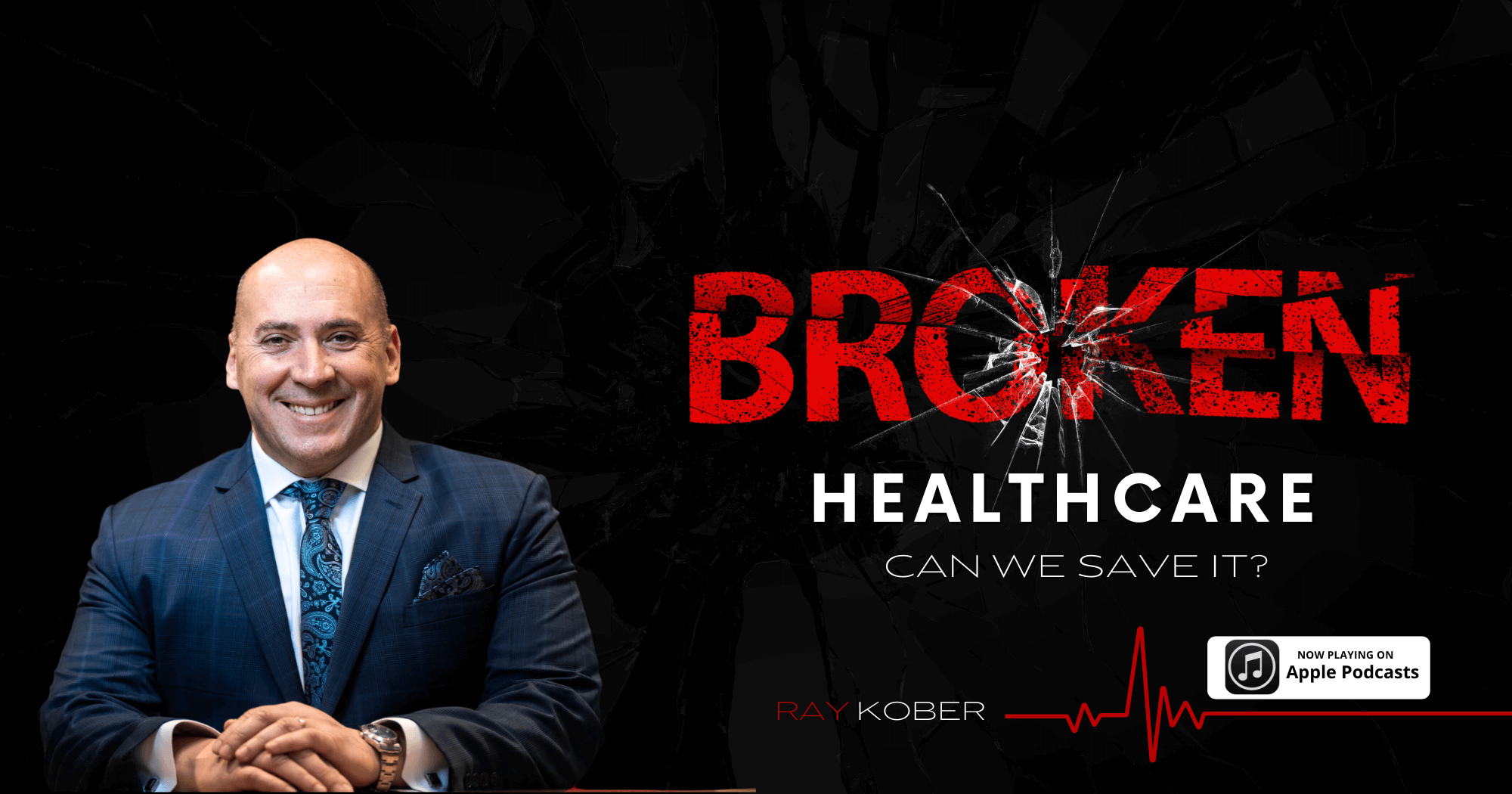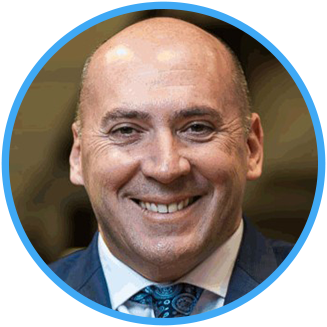If it were possible to deliver $0 out-of-pocket healthcare to your people, how would that impact recruiting, retention, and growth? Sound impossible? Think again.
We make it happen every day for our clients.
People-Centric
Organic Benefits
Financial Certainty
WHO WE ARE
Benefixa is a certified NextGen Benefits and Health Rosetta Advisory firm.
We’re not just consultants — we’re operators. Think of us as the healthcare and insurance expert you never had on your executive team. We align healthcare strategy with your business goals, cut waste, and deliver better benefits for your people.
Our name says it all: we fix what’s broken.
"Our logo's 'X' symbolizes a person with arms raised in victory — the universal sign of success. That’s our goal: wins for the employer and the employee."

Our Process
Simple for you. Strategic from us.
1
LISTEN LIKE OWNERS
We look at your business as if it were our own. We take time to understand your people, your pain points, your goals, and your current plan performance.
2
REVEAL THE TRUTH
We uncover the hidden drivers of rising costs. Then we benchmark your plan, model scenarios, and deliver tailored strategies with full transparency.
3
DELIVER RESULTS
Our clients routinely save millions while delivering better care. And if we don’t produce a multiple ROI? You don’t pay.
It’s that simple.
Why Benefixa?
Performance-based.
We guarantee a multiple ROI or your money back.
Transparent & Independent. We answer only to you — not insurance carriers.
Next-Level Insight.
We benchmark your plan against national data and best-in-class models.
Certified NextGen & Health Rosetta Advisors. Trusted frameworks that replace broken incentives with proven results.
FEATURED DOCUMENTARY
🎥 "It’s Not Personal, It’s Just Healthcare" — A Documentary by Ray Kober
Produced in-house by Benefixa, this film uncovers the structural corruption in American healthcare. A must-watch for any leader who suspects the system isn’t working for them — because it’s not.
BROKEN HEALTHCARE PODCAST
🎙️ Hosted by Ray Kober — The Broken Healthcare Podcast
From national media appearances to in-depth conversations with healthcare insiders, Ray pulls back the curtain on a rigged system and interviews the leaders changing it.

Hidden fees
Incentivized brokers
Confusing compensation models
Contract clauses that lock you into underperforming plans
Case Study
Benefixa Saves Ravn Alaska Over $1.3M in Healthcare Costs
Ravn Alaska - Northern Pacific Airways, a regional airline, is a lifeline for many Alaskans who rely on air travel to get home due to the vastness of Alaska and the natural barriers it poses. With the aim of improving the airline's operation, Ravn's CEO, Rob McKinney, turned to Benefixa for help in providing better medical and employee benefits for his team members. The decision was not easy, as healthcare is a critical aspect of people's lives. However, Rob knew that with the right decision, it would pay dividends for the organization. Benefixa was tasked with lowering healthcare costs while ensuring that the team members received the best medical care, which resulted in significant savings for the airline.
Read on to discover how Benefixa saved Ravn Alaska over $1.3M in 2022 and improved the medical coverage of the team members.

SIGN UP NOW TO DOWNLOAD THE FULL CASE STUDY

Ray Kober
Benefixa CEO
About Benefixa
At Benefixa, we transform employer-sponsored healthcare across the U.S. With over 20 years of experience and a mission to fix what's broken, we’ve helped everyone from local businesses to global brands like American Express.
We deliver performance, not promises — and we back it with a money-back guarantee.
Let’s make healthcare a win for everyone.



